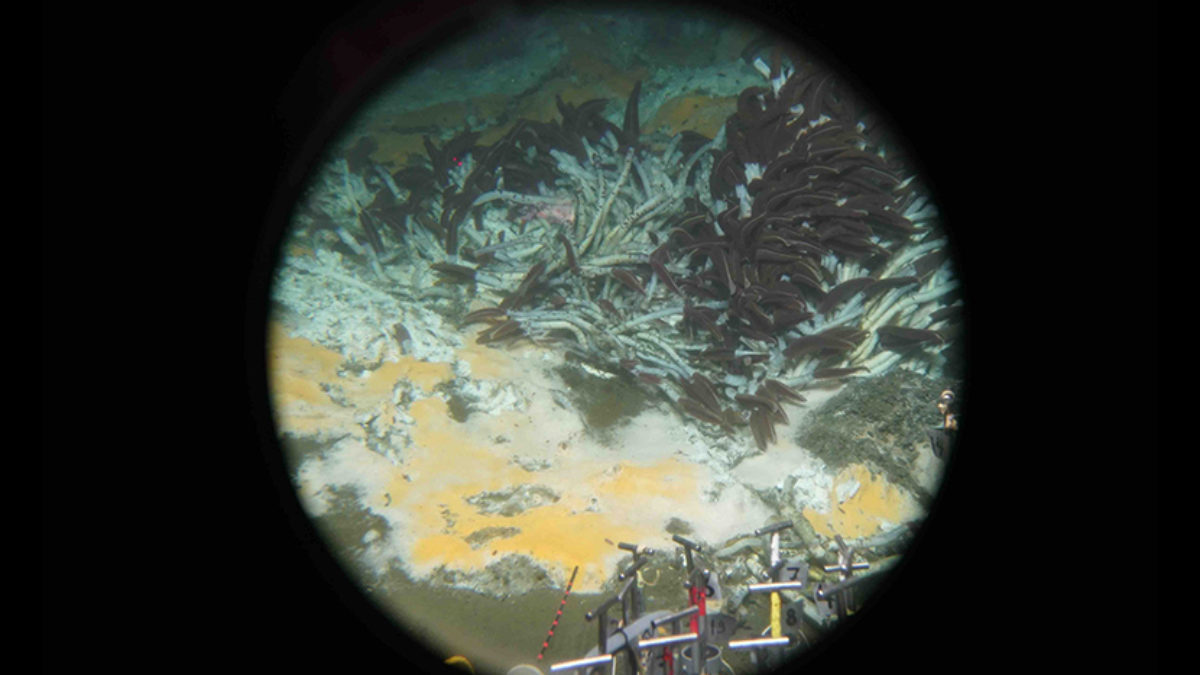Where Did Earth’s Water Come From? An Overlooked Source Discovered
Where did Earth’s water come from? A team of Arizona State University geoscientists led by Peter Buseck, Regents’ Professor in ASU’s School of Earth and Space Exploration (SESE) and School of Molecular Sciences, has found an answer in a previously neglected source. The team has also discovered that our planet contains considerably more hydrogen, a ...













